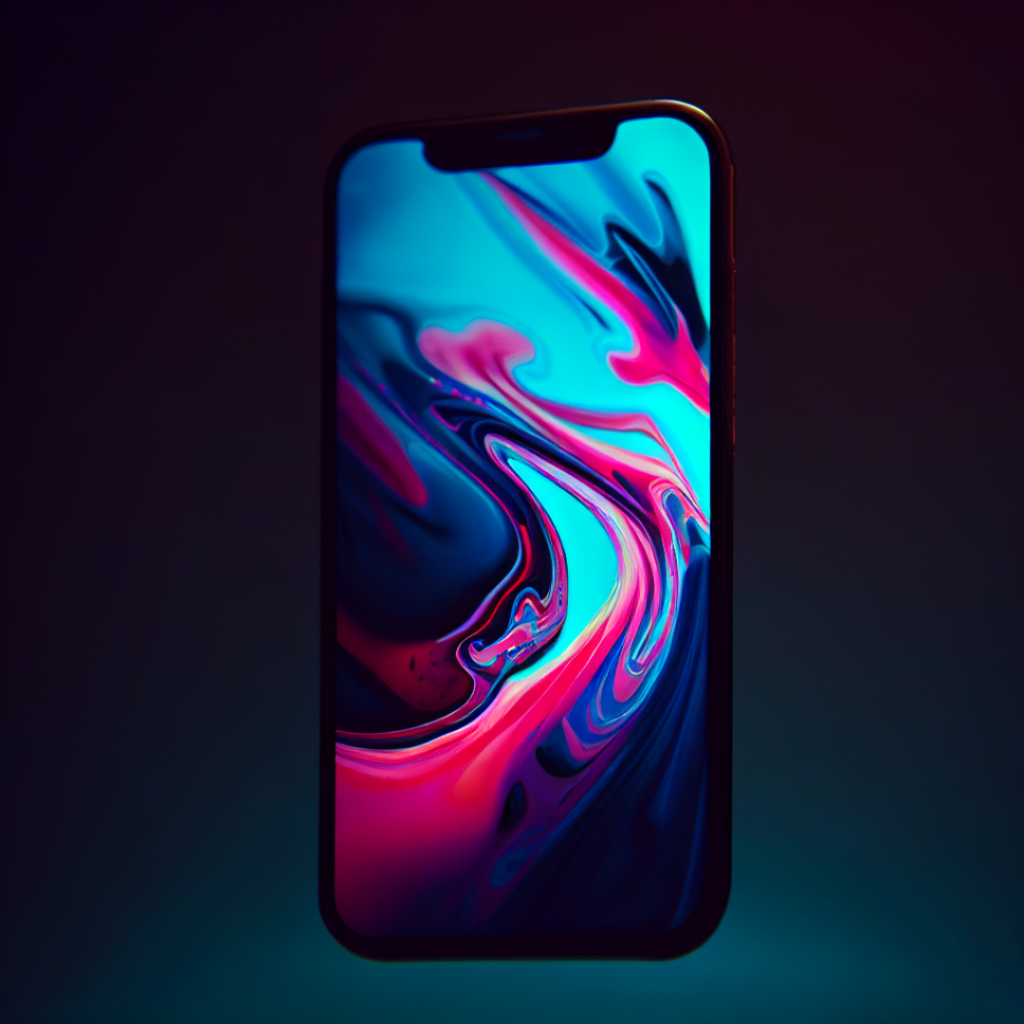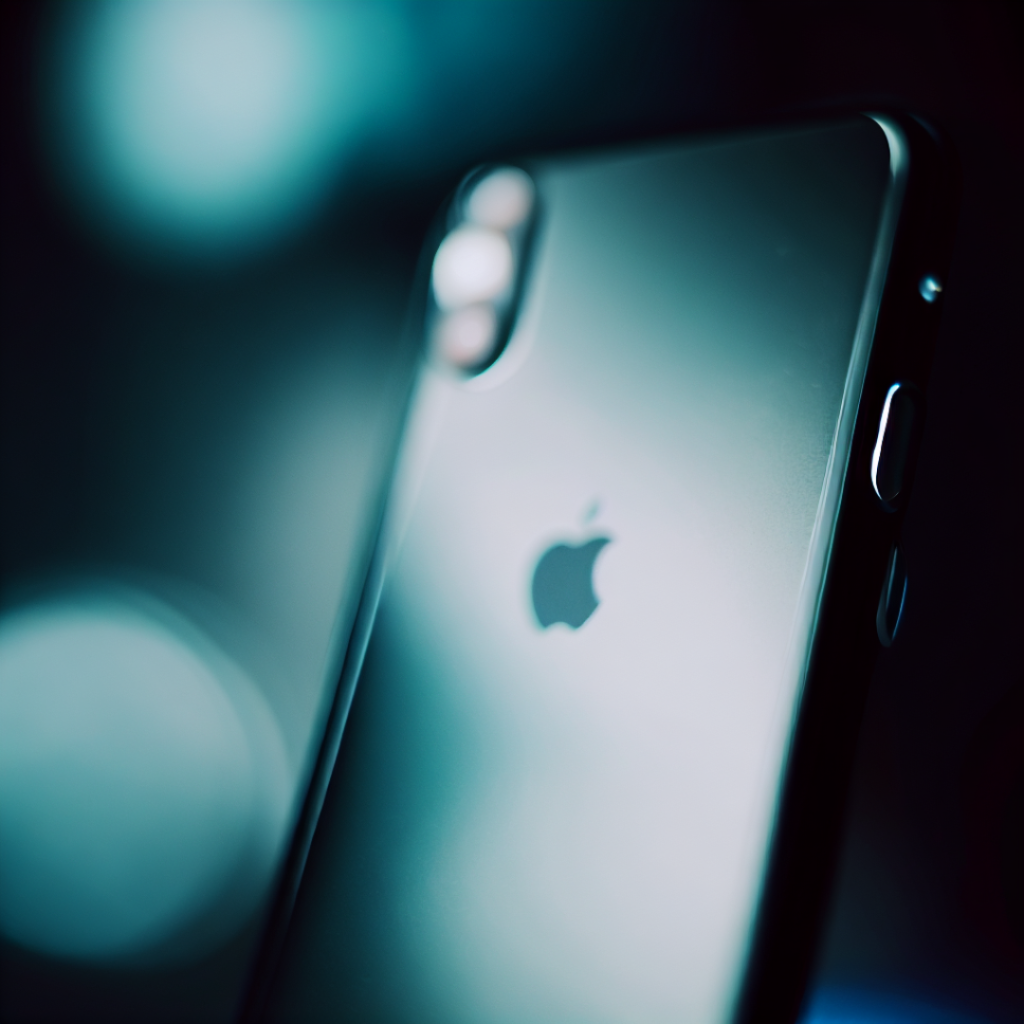What kind of memory and storage does the iPhone XR have? This guide covers the key details on iPhone XR memory. The iPhone XR was launched in 2018 as a more affordable option compared to the premium iPhone XS models that year. With a colorful design and powerful internals, the XR quickly became popular for delivering a quality iPhone experience at a lower price point.

iPhone XR Internal Memory and Base Storage Options
The iPhone XR has 3GB of RAM to handle multitasking and app performance. For internal storage, Apple offered 3 capacities at launch:
- 64GB
- 128GB
- 256GB
The base 64GB model provides adequate room for essential apps, photos, music and everyday use for many owners. But higher tiers offer more flexibility for storing large media files without running out of space.
Unfortunately, the iPhone XR does not support external microSD card expansion. The internal storage is fixed and cannot be upgraded later.

Managing and Optimizing Your iPhone XR Memory
With non-expandable memory, efficiently managing your available storage is important. iOS includes tools to monitor usage and free up space when needed:
- Check current usage – Go to Settings > General > iPhone Storage to see used space by category and app. Delete unused apps/files as needed.
- Offload unused apps – Removes app while keeping documents/data. Just tap to re-install when needed.
- Use iCloud Photo Library – Stores full-resolution photos/videos in iCloud, leaving small thumbnails on your device.
- Sync with iTunes – Connect to a computer and use iTunes to view and manage files, backups, and content.

Increase Storage with iCloud
Your free 5GB of iCloud storage provides another place to store files remotely. You can upgrade iCloud monthly options to choose from: from 50GB, 200 GB up to 2GB.
Useful for:
- iCloud Photo Library
- Backups
- Documents
iPhone XR RAM and Hardware Performance
The iPhone XR runs Apple’s A12 Bionic chip with Neural Engine and M12 motion coprocessor. This 6-core processor delivers extremely fast and fluid performance perfect for demanding apps, multitasking, gaming, AR and more.
Combined with 3GB RAM, the A12 ensures smooth operation even with many apps open. The XR can handle anything you throw at it while staying speedy.
Summary
With 3GB RAM and up to 256GB internal storage, the iPhone XR packs ample memory for most daily needs. Careful management and iCloud expansion can maximize available storage space. For unlocked models, used/refurbished XR devices are still available if you’re looking to get this classic iPhone at a discount.